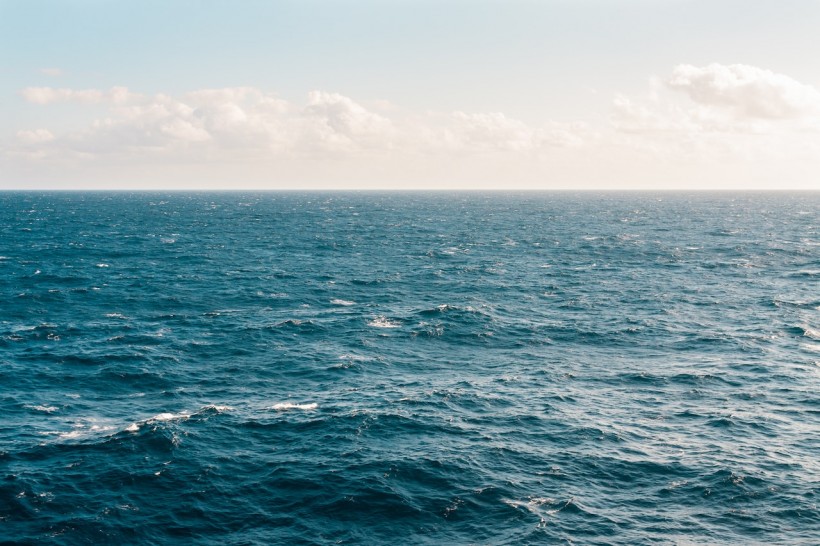While Vikings used to dwell in present-day Greenland, a new study shows that they may have abandoned this settlement due to rising sea levels and ice sheet growth.
Vikings
According to Live Science, the Vikings established their settlement in Greenland back in A.D. 985. This came with the Norwegian-born explorer Erik Thorvaldsson's arrival to Greenland after he was exiled from Iceland. Other settlers then followed through.
Communities in Vestribyggð (western settlement) and Eystribyggð (eastern settlement) were then formed. These areas flourished for hundreds of years.
However, by the 1500s, signs of Viking settlement in the area had somewhat vanished from archaeological records. In the past, researchers suggested that economic shifts and climate change could have led these people to abandon their settlement in Greenland.
Now, a new study reveals how rising levels played a huge role in such decision-making.
ALSO READ: Vikings Reached the Americas 500 Years Before Christopher Columbus Did, Study Finds
Rising Sea Levels Forced Vikings To Abandon Greenland Settlement
The paper was published in the PNAS journal. With the help of computer models, researchers found out that, back when the Vikings occupied the area, the sea that surrounds Greenland could have risen by as much as 10 feet. CNN writes that this could have enabled great flooding in the area.
They further calculated that roughly 204 square kilometers may have been flooded by the time the Greenland settlement was occupied. This would have made the communities vulnerable to erosion and storms. They could have also lost fertile lowlands due to this.
CNN adds that their loss of habitable lands could have been followed by a temperature trend from warmer to cooler and drier. This may have then led to a period known as the "Little Ice Age," which started around A.D. 1250.
Richard Alley, one of the study's co-authors and an Evan Pugh University geosciences professor at Penn State University, says that the changes in sea level are a vital element that was missing in the Vikings' narratives.
The researchers conducted further analyses of human and animal remains that were taken from churchyards and trash piles, respectively. Results revealed that the Vikings had a diet switch. From land-based foods, like livestock, they may have shifted to marine ones, such as seals and fish. Such changes could have been prompted by the loss of fertile land.
The researchers further note, however, that the thought that sea levels would rise as temperatures plummeted appeared quite counterintuitive. This is because cooler temperatures are typically linked to decreasing sea levels.
Nevertheless, this study notes that sea level changes do not affect all areas of the earth in the same fashion.
Due to the settlement's location, it could have been subjected to two components of sea level alterations. Due to the sinking of the planet's crust, the advancement of the Greenland Ice Sheet may have led to sea level rises close to the ice margins. It may have pushed down the surrounding land, and the greater mass of ice near the shore could have elevated the waters.
RELATED ARTICLE: Viking Pilgrims Did Not Wipe Out Anglo-Saxon Monks; Evidence Suggests That Kent Monastery Withstood Repeated Norse Invader Attacks For Almost a Century
Check out more news and information on Archaeology in Science Times.















